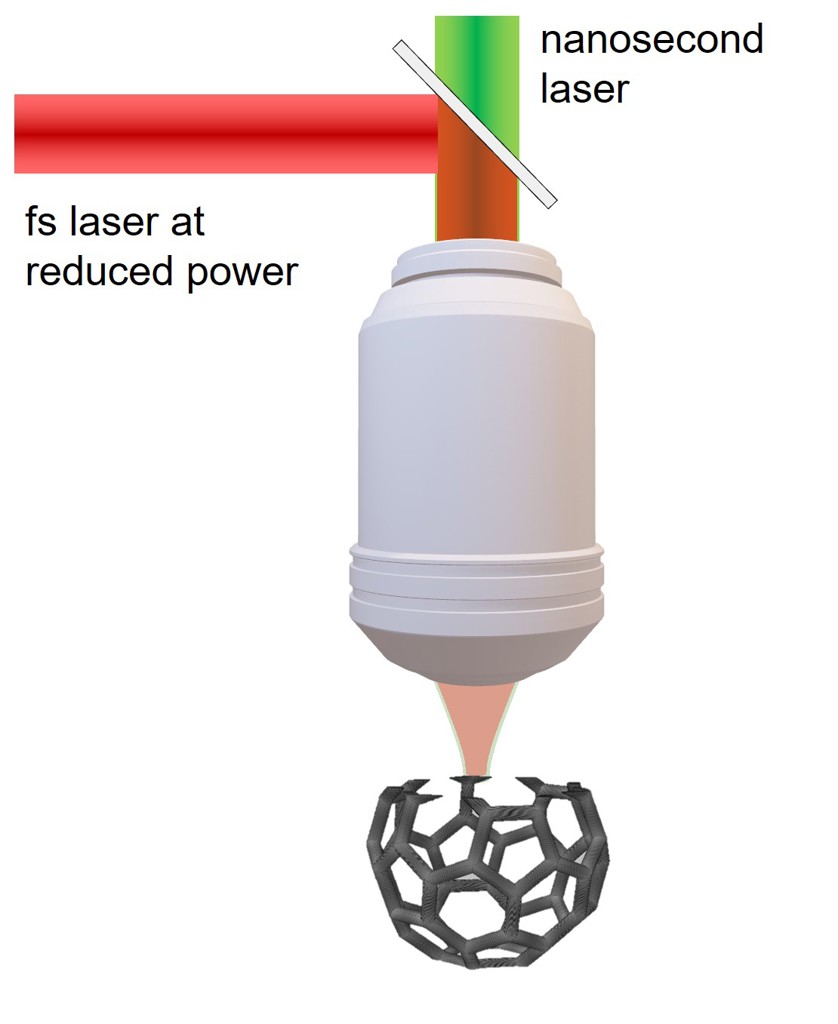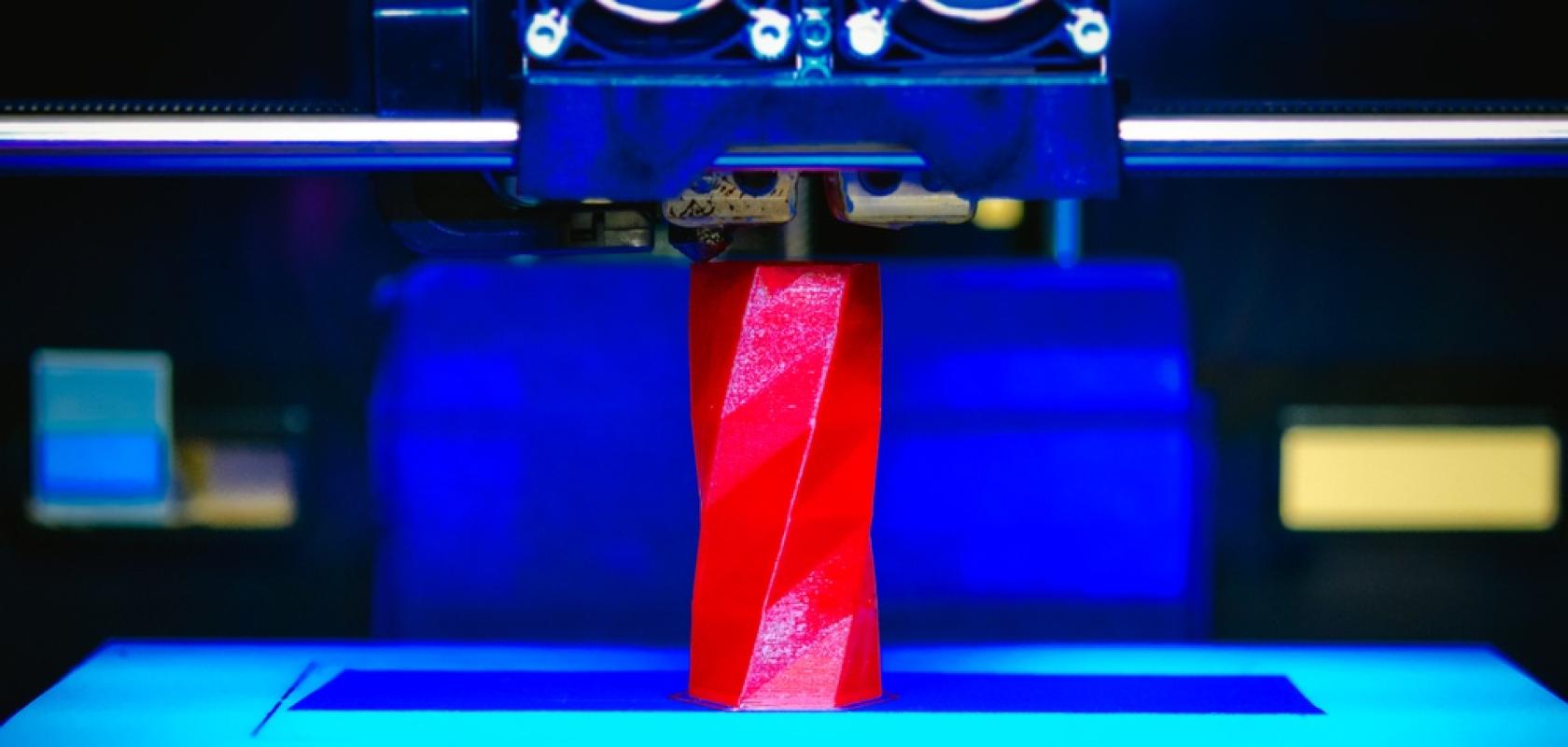Researchers have found a way to make an advanced 3D printing method less expensive, increasing its practicality for consumer electronics, biomedical applications and more.
The new two-photon polymerisation (2PP) method uses two lasers – instead of just one high-power femtosecond laser typically used in this technique – which reduces the power requirement and cuts the cost of producing each part.
Two-photon polymerisation not widely used in manufacturing due to cost
Two-photon polymerisation is an advanced additive manufacturing technique that traditionally uses femtosecond lasers to polymerise materials in a precise, 3D manner. Although this process works well for making high-resolution microstructures, it isn’t widely used in manufacturing because femtosecond lasers are expensive and increase the cost of printing parts.
The researchers from Purdue University in the US combined a relatively low-cost laser emitting visible light with a femtosecond laser emitting infrared pulses to reduce the power requirement of the femtosecond laser.
“In this way, with a given femtosecond laser power, the printing throughput can be increased, leading to a lower cost for printing individual parts,” said research team leader Xianfan Xu.
The researchers showed that the two-laser approach reduces the femtosecond laser 3D printing power needed by as much as 50% compared to using a femtosecond laser alone.
“3D printing with high resolution has many applications, including 3D electronics devices, micro-robots for the biomedical field and 3D structures or scaffolds for tissue engineering,” said Xu. “Our novel, 3D printing approach can be readily implemented in many existing femtosecond laser 3D printing systems.”
Low-cost laser initiates photochemical process, rather than more expensive femtosecond device
The new work is part of the research team’s effort to continuously improve the printing speed and reduce the printing cost for two-photon polymerisation, which uses the phenomenon of two-photo absorption to precisely cure, or solidify, a photosensitive material.
“In a conventional two-photon polymerisation printing process, the femtosecond laser is first used to initiate a photochemical process that reduces the inhibition species in the material before printing starts,” said Xu. “We used a low-cost laser for this purpose instead.”

The technique combines a relatively low-cost laser emitting nanosecond pulses with a femtosecond laser at reduced power to enable 3D printing of complex high-resolution structures with less laser power. Credit: Anwarul Akash, Purdue University
The new approach combines single-photon absorption from a 532nm nanosecond laser with two-photon absorption from an 800nm femtosecond laser. For this to work, the researchers had to find the right balance between the printing and inhibition caused by the two lasers.
They did this by creating a new mathematical model to help them understand the photochemical processes involved and to compute the combined effect of two-photon and single-photon excitation processes. They also used the model to identify the dominant processes controlling how much the femtosecond laser’s power could be reduced while still achieving desirable printing results.
New printing approach could impact manufacturing technologies
After fine tuning the new approach, they used it to print various 2D and 3D structures using reduced femtosecond laser power. These included detailed woodpiles measuring just 25 x 25 x 10μm as well as a micron-scale buckyball, chiral structure and trefoil knot. Experimental results showed that the new method reduced the power required from the femtosecond laser by up to 80% for 2D structures and up to around 50% for 3D structures.
“This new printing approach could impact manufacturing technologies, influencing the development of devices across consumer electronics and healthcare sectors both now and in the future,” said Xu. The researchers are now working to further improve the printing speed and reduce the cost of 3D printing.
The research was recently published in Optics Express.
Credit for main image: MarinaGrigorivna/Shutterstock


